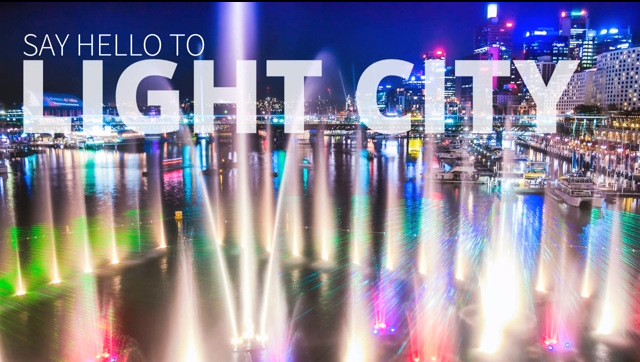On Saturday, May 16th, BOPA hosted an Ideas Session for Light City Baltimore at the Center for Urban Families. Click through to read the full notes from that session.
Location: The Center for Urban Families
Date: Saturday, May 16th, 2015
Organized by the Baltimore Office of Promotion & The Arts (BOPA)
Moderation and Presentation –
Leslie King-Hammond, member of Light City Steering Committee and Director for the Center for Race and Culture, MICA
Bill Gilmore, Executive Director, BOPA
Kathy Hornig, Festivals Director, BOPA
Jamie McDonald, Co-Chair, Light City Baltimore Steering Committee
The Q-and-A/comments session began with a discussion that children, youth, and student involvement does not have a strong enough presence the Light City power point presentation. Children need to be exposed to the arts (visual, performing, literary) and experiences (both good and bad) beyond their day-to-day. Arts and culture will push us pass this dark time- not politics.
Editor’s notes: involving youth in meaningful ways in Light City was a continuing thread throughout this session, consolidated here in these comments. The Light City team made a commitment to engaging community youth through the jury process, committee structure and/or other significant ways.
Part of the presentation included an overview of LightCityU. As part of Light City, the innovation conference will take form as LightCityU—a program of speakers, presentations, keynotes, breakout sessions and other conference events. Though the program for LightCityU is still in development, the concept as a whole was discussed during the Info Session, with feedback and comments documented in these notes.
LightCityU is a cool concept, but universities are privileged, bureaucratic and institutional. We need to be clever and smart about how we can engage K-12 students and some existing programs into Light City U, and the festival overall. It was noted that LightCityU is a metaphor and language structure/package, it is not intended to function literally like an institution of higher learning.
Q – How is Light City not Artscape at the harbor?
A – Lights are the thematic element throughout; there is an innovation component with LightCityU; it is in the early spring, which is a time period when a large-scale event otherwise does not take place in Baltimore.
Lights are synonymous with special times, the holidays and excitement. When you visit New York City, it’s the lights that get you excited. When the lights come down after the holiday seasons, everyone knows and is kind of let down that the holidays are over. Think about how everyone lights up purple for the Ravens. The lights at Light City will get people excited and spread joy. There should be a rallying effort for everyone to light up their house, windows, yards and neighborhoods. This can be done very inexpensively (Wal-Mart on Route 40 sells solar-powered lights for your yard for $1! ). This Citywide light-up will help create the “looking forward to it” factor that comes with large events like Artscape, and help show our children that light can come out of this dark period. Lighting up all the vacant homes in our City was also suggested.
The committee should consider how a light project could improve the lives of residents in a neighborhood that’s close to the harbor, such as Perkins Homes. There is a huge disconnect between the tourism at the harbor and neighborhoods that are just a few blocks north. This disparity is being called Balti-Less in contrast to Balti-More. “Both Baltimores” need to be represented at Light City, and on the Light City committees. We need to invite everyone to express what Light means, or doesn’t mean, to them.
There was discussion about how Light City can create meaningful job opportunities, particularly for ex-offenders; it was suggested for perhaps during set-up and breakdown. Another comment was that people don’t know their rights and a track for LightCityU should educate folks about their rights; perhaps by both lawyers and ex-offenders who know the system from first-hand experience. In closing, Leslie King-Hammond reminds everyone that we don’t have to use the word artist – everybody is a maker!
During this session, BOPA made a commitment to host an upcoming Light City Baltimore ideas session will be held in East Baltimore.
Disclaimer: These are notes collected from participants and presenters, and are treated with due diligence to the best of our abilities. These should not be considered exact transcripts of conversations held at this event.
For more information about Light City Baltimore, please visit http://lightcity.org/

